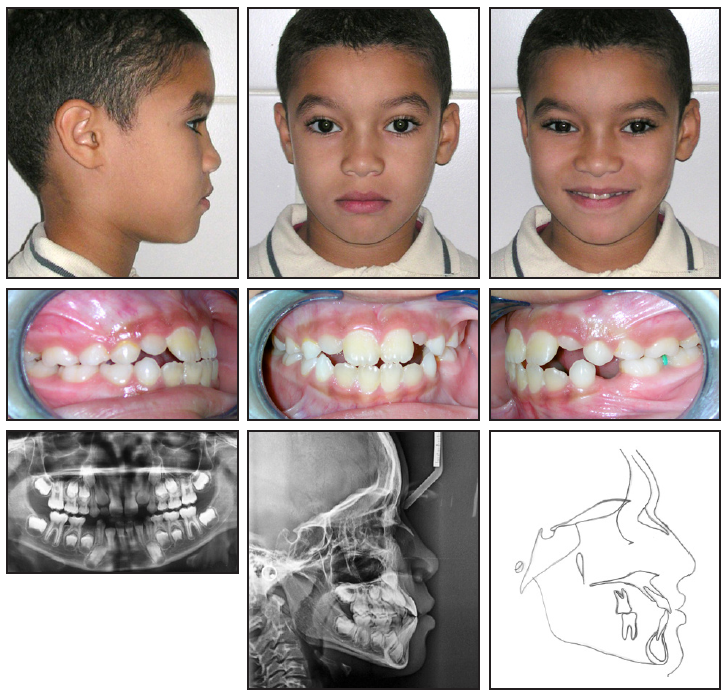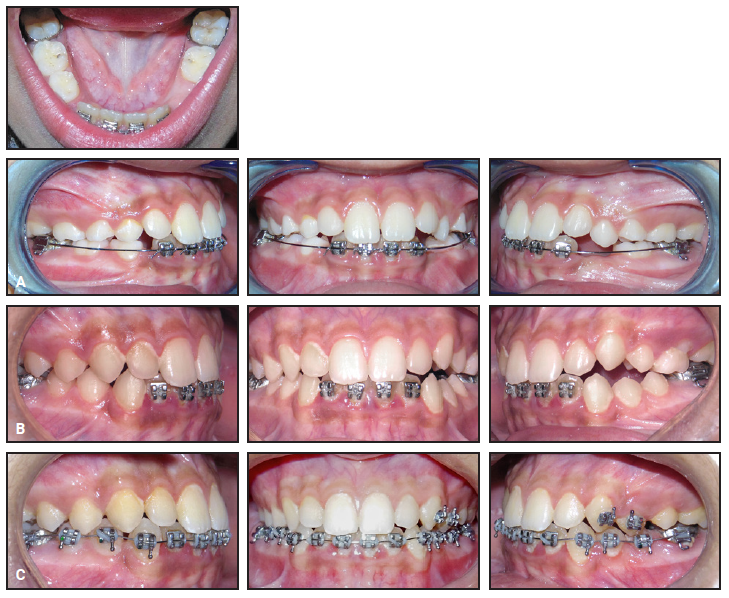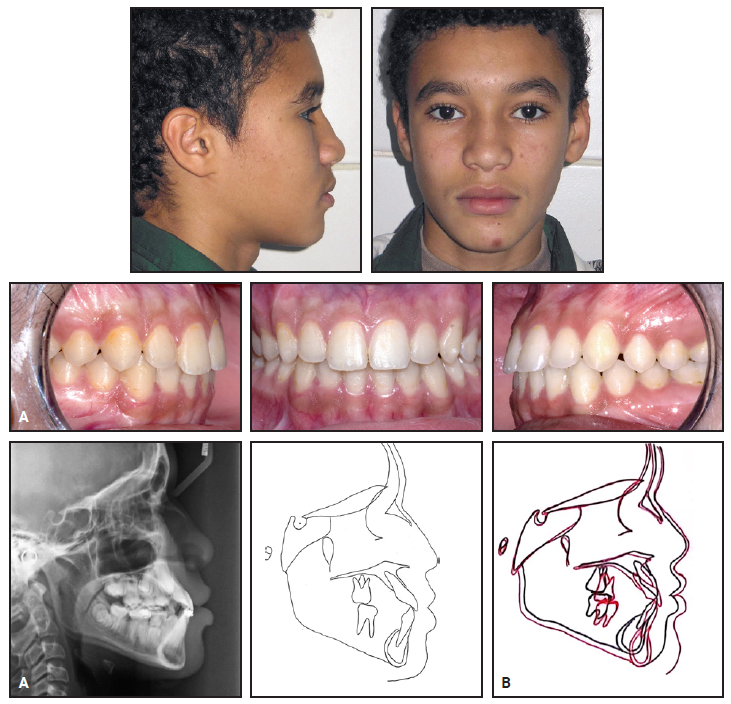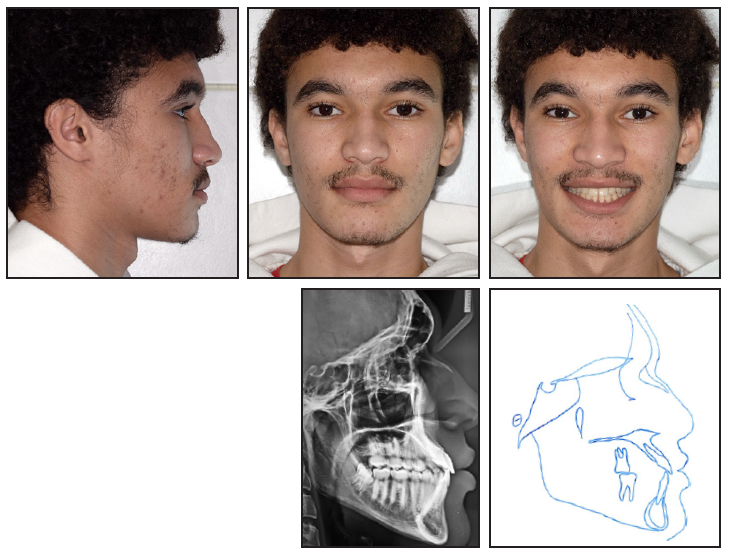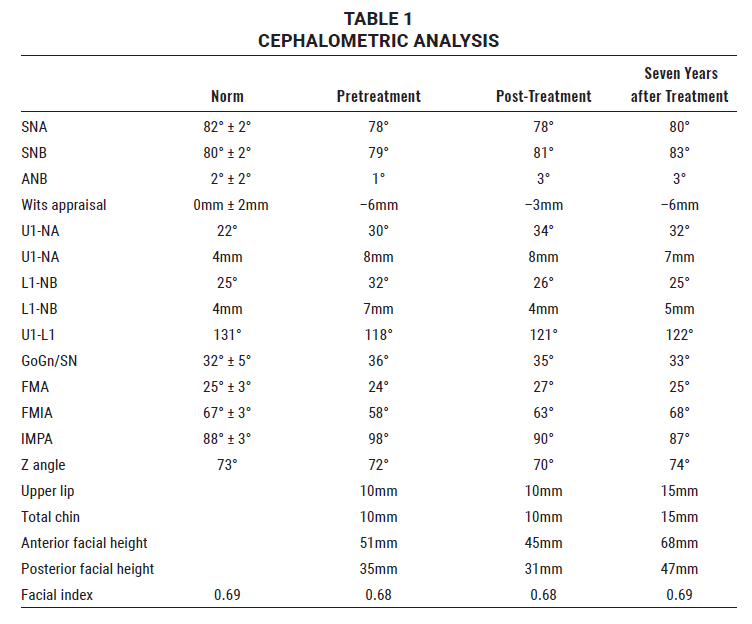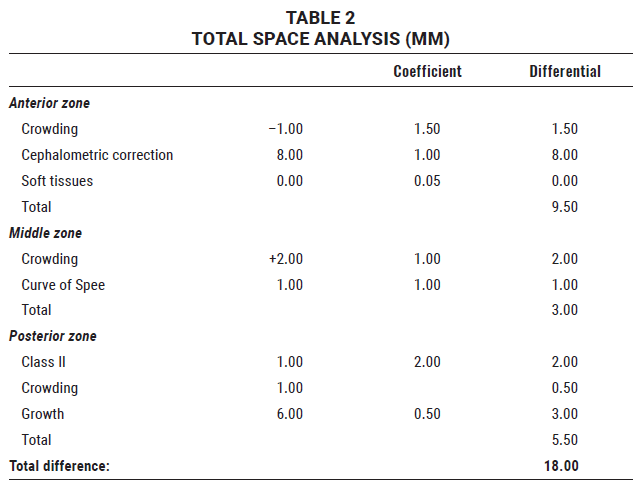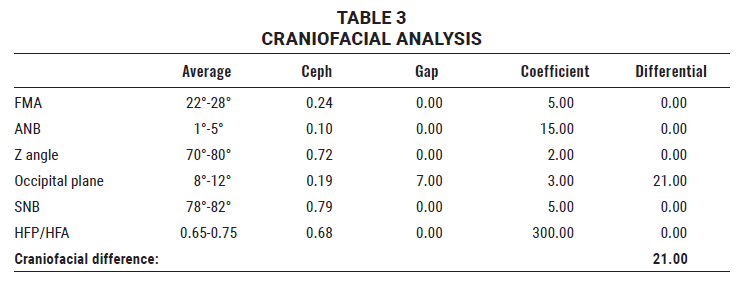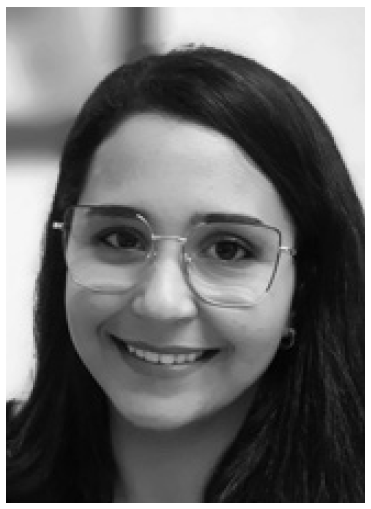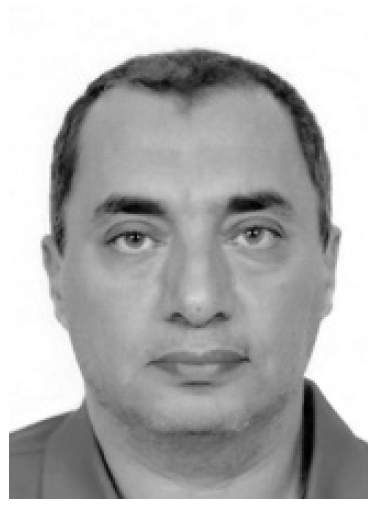THE EDITOR'S CORNER
The Next Steps with CBVI
Cone-beam volumetric imaging (CBVI), also called cone-beam computed tomography (CBCT), represents a revolution in orthodontic diagnostics of the same magnitude as the advent of cephalometric radiography more than a generation ago. The work of Broadbent, Steiner, Jarabak, and other pioneers in cephalometrics allowed a much more detailed analysis of orofacial morphology than could be achieved with the existing clinical examination, plaster models, and photographs. Norms and standards were rapidly developed for lateral headfilms, along with analyses for frontal cephalograms, oblique lateral views, and submentovertex images, giving the orthodontist the best opportunity then possible to construct a mental three-dimensional image of the patient's anatomy.
Throughout the history of radiography, one of its greatest diagnostic limitations has been the distortion and misinterpretation caused by the necessity of projecting three-dimensional structures in two dimensions. Computed tomography gave the medical profession a solution to this dilemma in the early 1970s, but medical CT scans always involved a relatively high radiation dose to the patient at a significant price. The cost-benefit ratio of the older medical CTs weighed much more heavily on the benefit side when dealing with life-threatening medical conditions than when considering the diagnosis of orthodontic and dental conditions. It took another three decades for radiologically conservative and cost-effective dental CT to be developed. The solution to the problems of high cost and radiation dosage came with the ability to project a cone-shaped beam of x-radiation and to capture the resulting images. Over the last 12 years, significant advances in the field of cone-beam radiography have greatly reduced the size of the once-imposing cone-beam machine, thus reducing the cost of the technique for dentists, orthodontists, and their patients.
Similar articles from the archive:
- THE EDITOR'S CORNER A Shift in Paradigm October 2009
- THE EDITOR'S CORNER A New Dimension in Diagnosis April 2009
As described in this month's Overview by Dr. Daniel S. German and Ms. Julia German, the use of 3D imaging allows for a much more detailed examination and analysis of everything captured within the field of view. Anomalies on periodontal and periapical images become more obvious than on standard 2D images, whether film or digital. Because of the proximity of the buccal and lingual cortical plates to the root structures, 3D images provide a much better understanding of the potential range of tooth movement than when these structures are superimposed in a 2D projection. It is now possible to visualize the exact relationship of impacted teeth to adjacent or overlying dental and bony structures before they are surgically exposed. The identification through CBVI of ectopic vascular or neurological structures prior to orthognathic surgery may indeed be life-saving in some cases.
The precision and clarity of the images generated by CBVI continues to improve remarkably. German and German suggest that we will eventually have no need for study models, either digital or plaster. The technology needed to construct 3D models that can demonstrate the dynamic, functional parameters of occlusion is right around the corner. Indirect-bonding setups and transfer trays can already be constructed from 3D records. And since cone-beam images can now be integrated with facial photographs, it seems likely that in the near future, the only records we will need to take for any patient will be pre- and post-treatment CBVIs and clinical photographs. Anything else we need, including space analyses, growth predictions, auxiliary appliances, and retainers, will be constructed from those records. As is always the case with new technology, there is a learning curve involved for those of us who have long used the conventional methods. Change can be intimidating; radical change can seem almost overwhelming. In this month's Overview, however, the Germans present a simple protocol and template for the incorporation of CBVI into day-to-day orthodontic practice. I believe I learned more about this revolutionary technology and its orthodontic applications from reading their article than I have from digesting many other writings and presentations on the topic. My thanks to the authors for making a potentially intimidating and highly technical subject eminently understandable.
RGK


